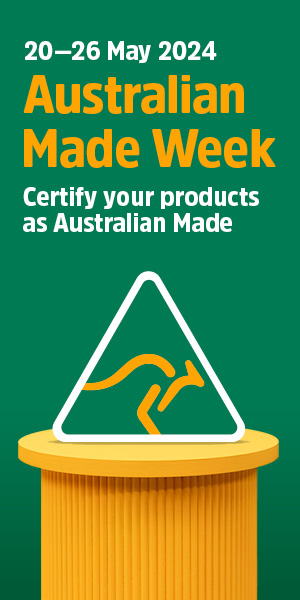Deakin IFM researchers seek to understand microplastics through collaboration with linen supplier

Deakin University researchers and Simba Global, the country’s largest commercial linen supplier, are teaming for a project “to better understand the extent and type of microplastics shed when their products are laundered”.
Simba Global supplies hospitals, hotels and mining camps, and sees an estimated 950,000 tonnes of textile products per year go through its commercial laundering process.
Textiles and clothing produce an estimated 35 per cent of the microplastics in the world’s oceans, according to a statement from Deakin, though a lot is unknown about the characteristics of these microplastics and exactly how and why they are generated.
“As part of our research, we will investigate potential solutions including the pre-treatment of textiles to reduce the shedding of microplastics, or even increasing the size of the plastics that break down so they can be better captured and removed by filtration during the laundering process,” said lead scientist Associate Professor Maryam Naebe (pictured in middle) from Deakin’s Institute for Frontier Materials (IFM)
“Microplastics are now ubiquitous in the environment, they’re in the air we breathe, the food we eat and the earth we walk on. The magnitude of the problem is bigger than previously thought.
“Of serious concern is the mounting evidence that microplastics are having a negative impact on human and animal health. There are not just physical, but chemical and biological impacts.”
Naebe’s team have already taken the first steps in the project, analysing wastewater samples from commercial laundries with high-powered electron microscopes in their Geelong laboratory, which is part of the largest fibres and textiles research facility in Australia.
The study of microplastics is still in its infancy, said Naebe, and the term doesn’t yet have a standard definition.
“We are now developing a systematic method for sampling and identifying microplastics in laundry wastewater. It has been tricky to measure the different sizes, but this is important information to have. For example, there are studies that suggest some sizes of microplastics are causing more issues in certain animals,” she added.
“The next step will be establishing an essential method to prevent the release of microplastics from textile laundering. This may involve a coating on the surface of the textile or better ways to collect the waste during the washing process.”
Picture: supplied
@aumanufacturing Sections
Analysis and Commentary Awards Defence Manufacturing News Podcast Technology Videos










